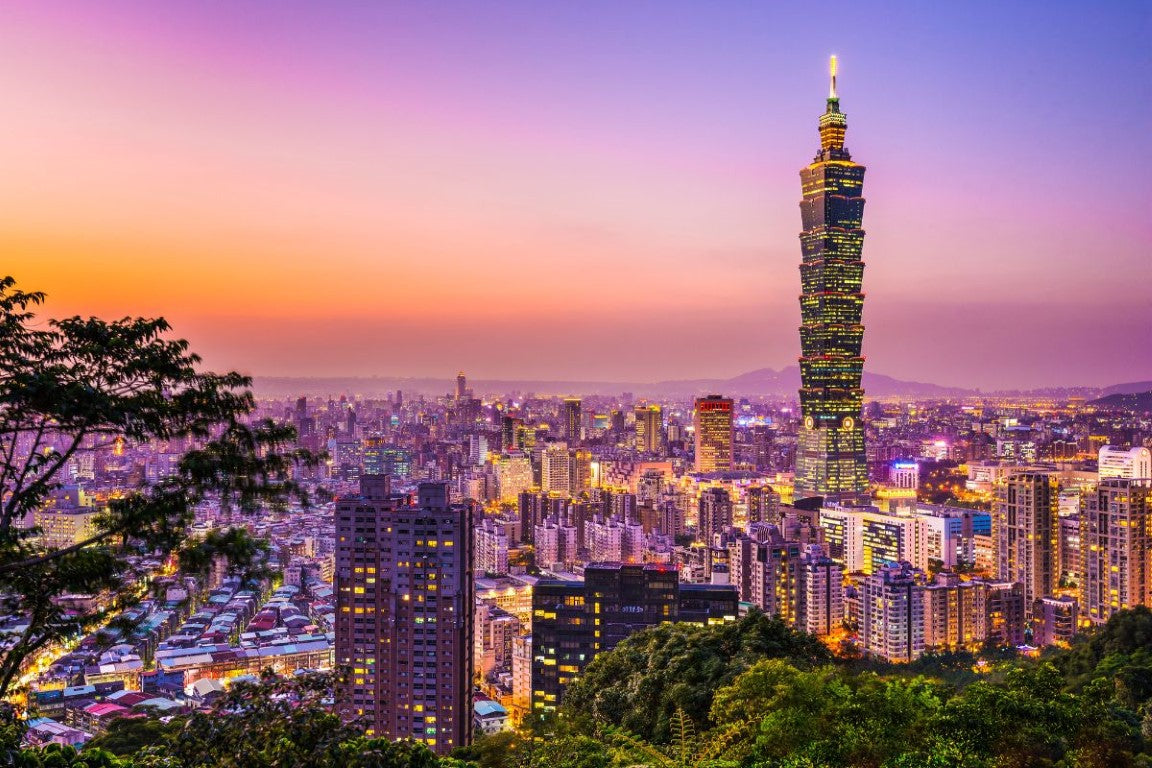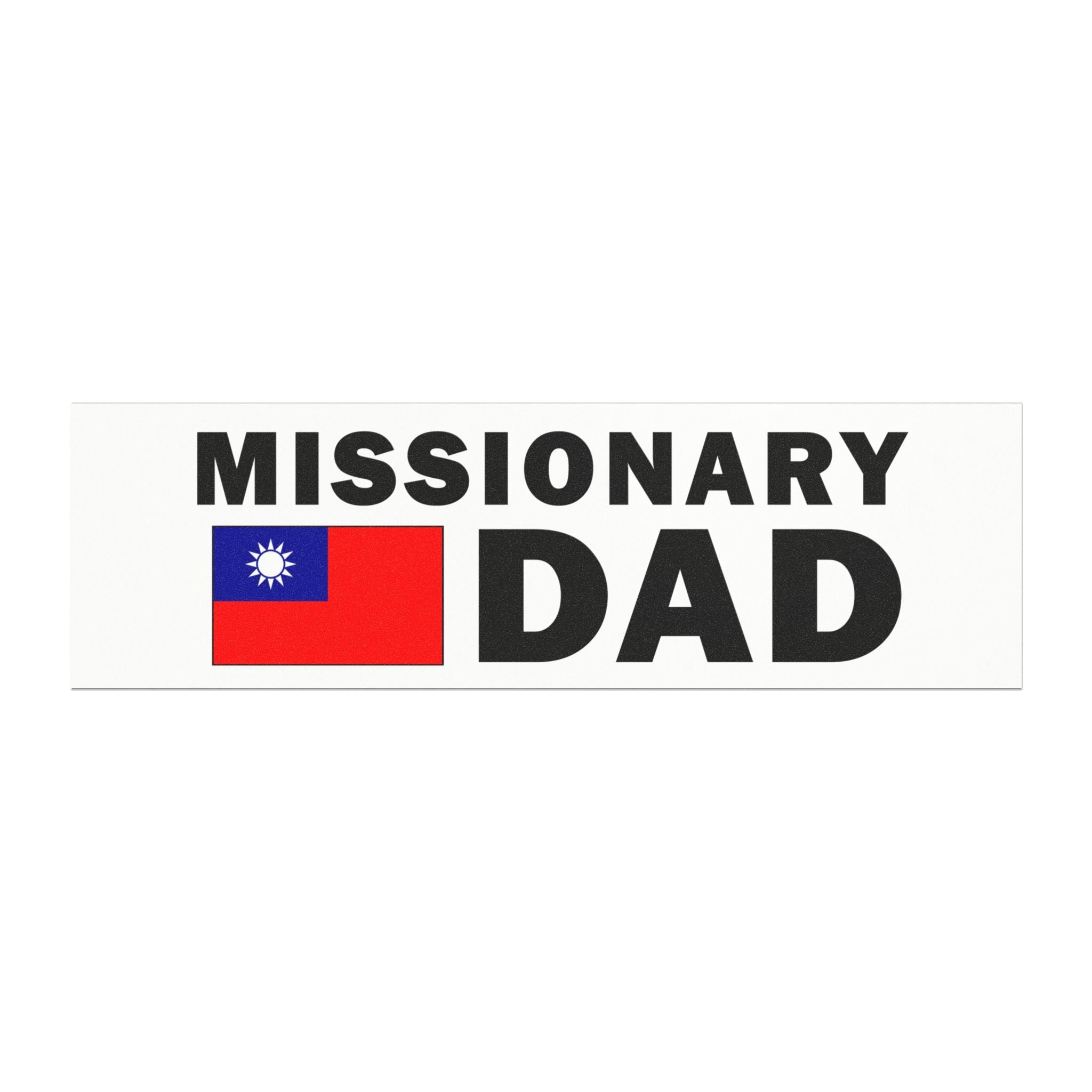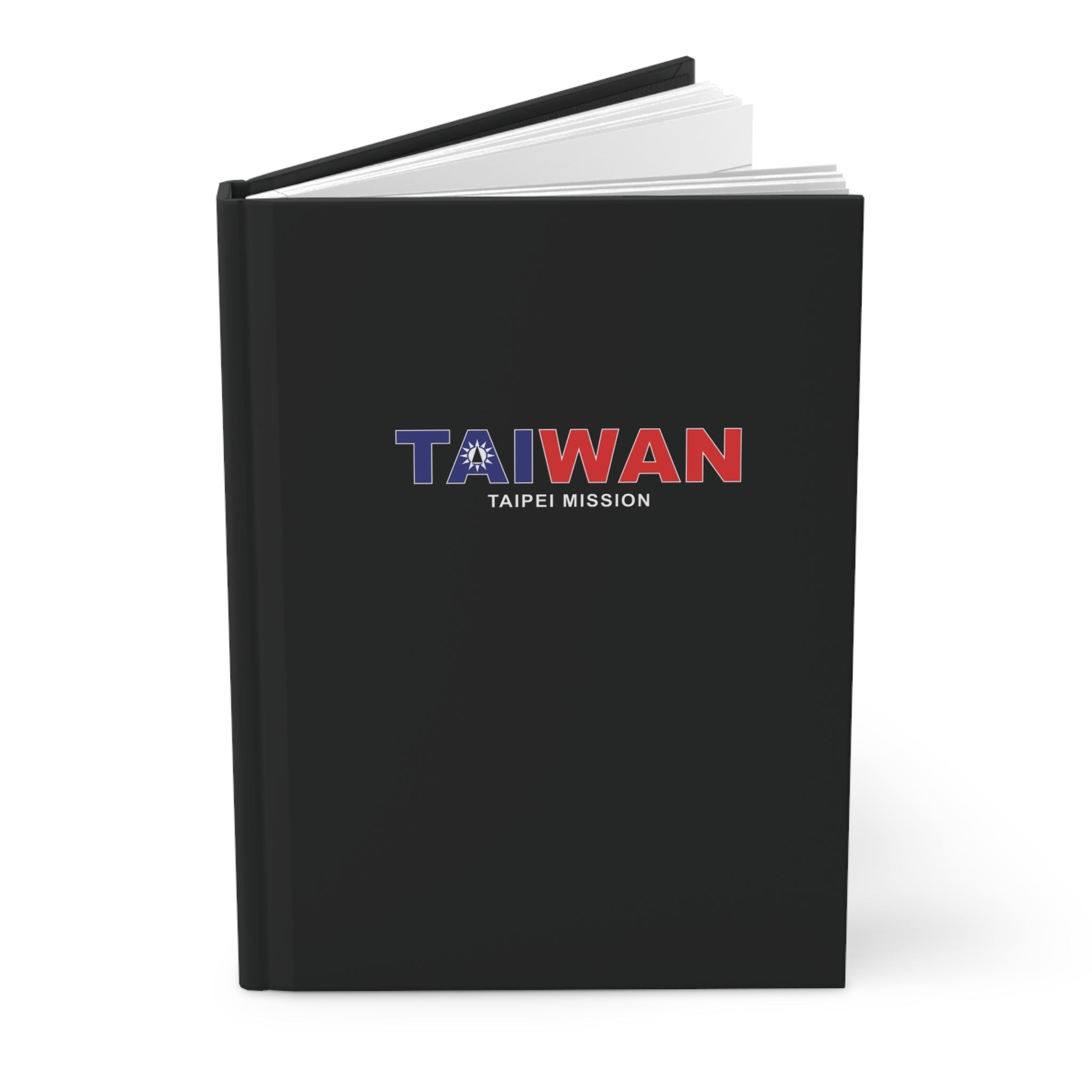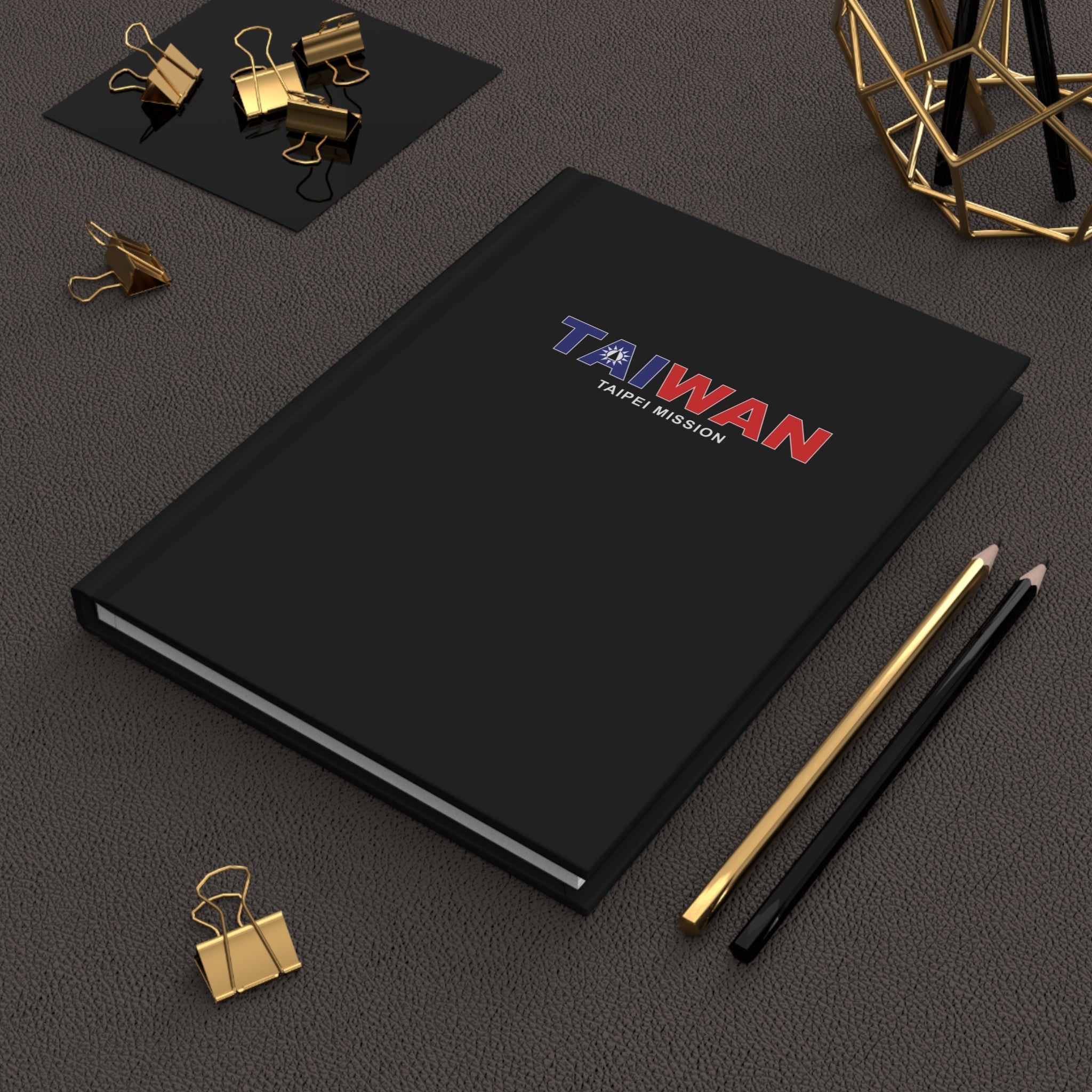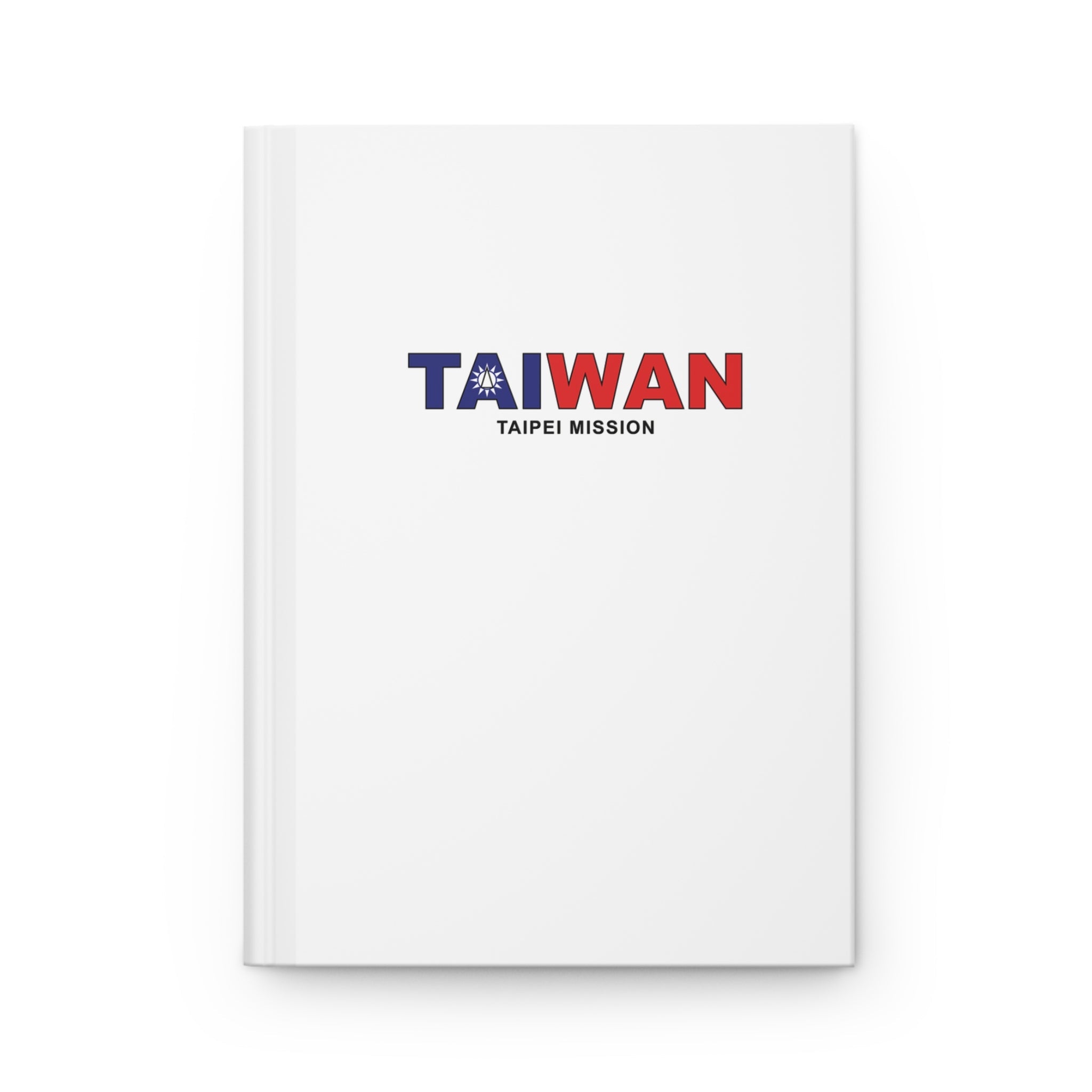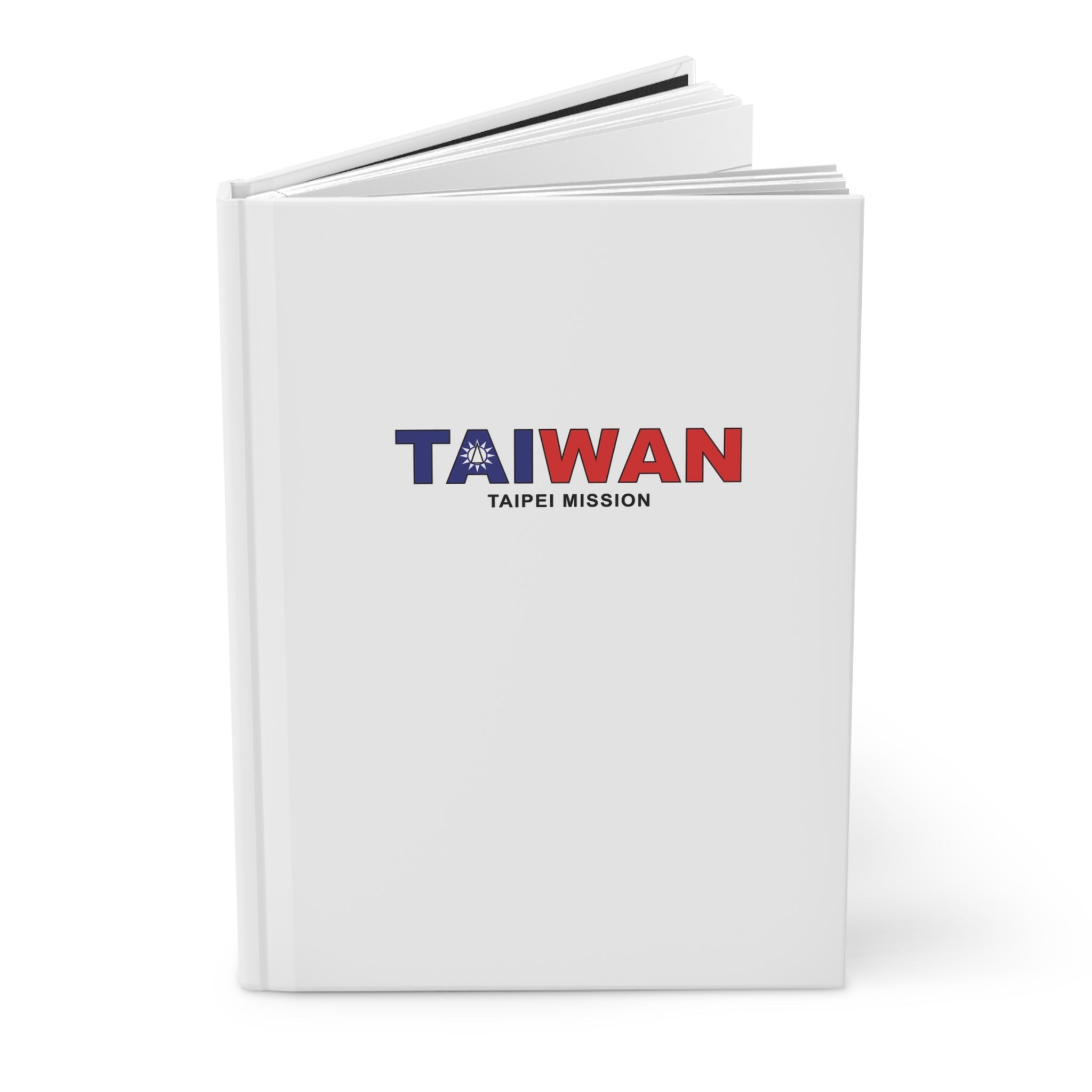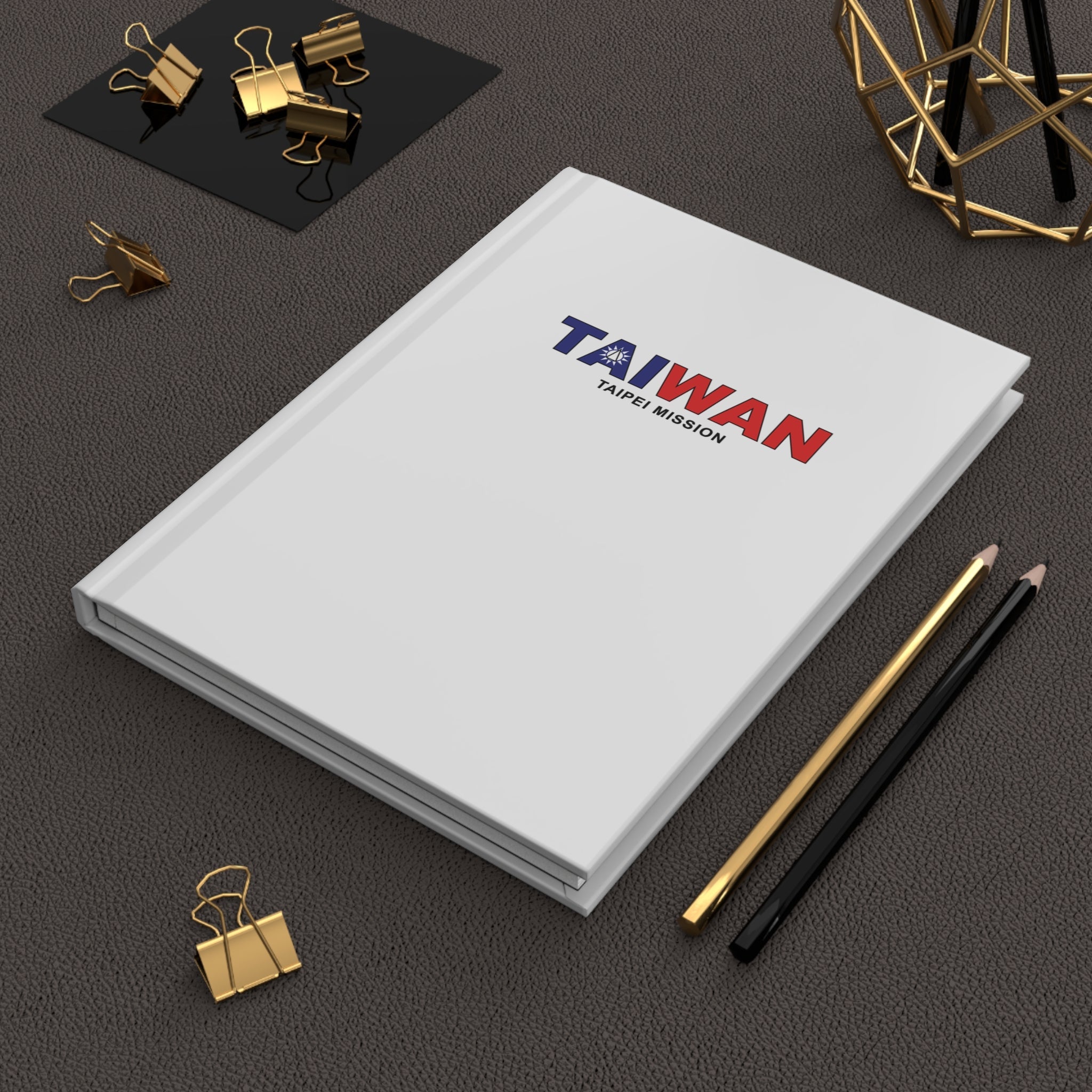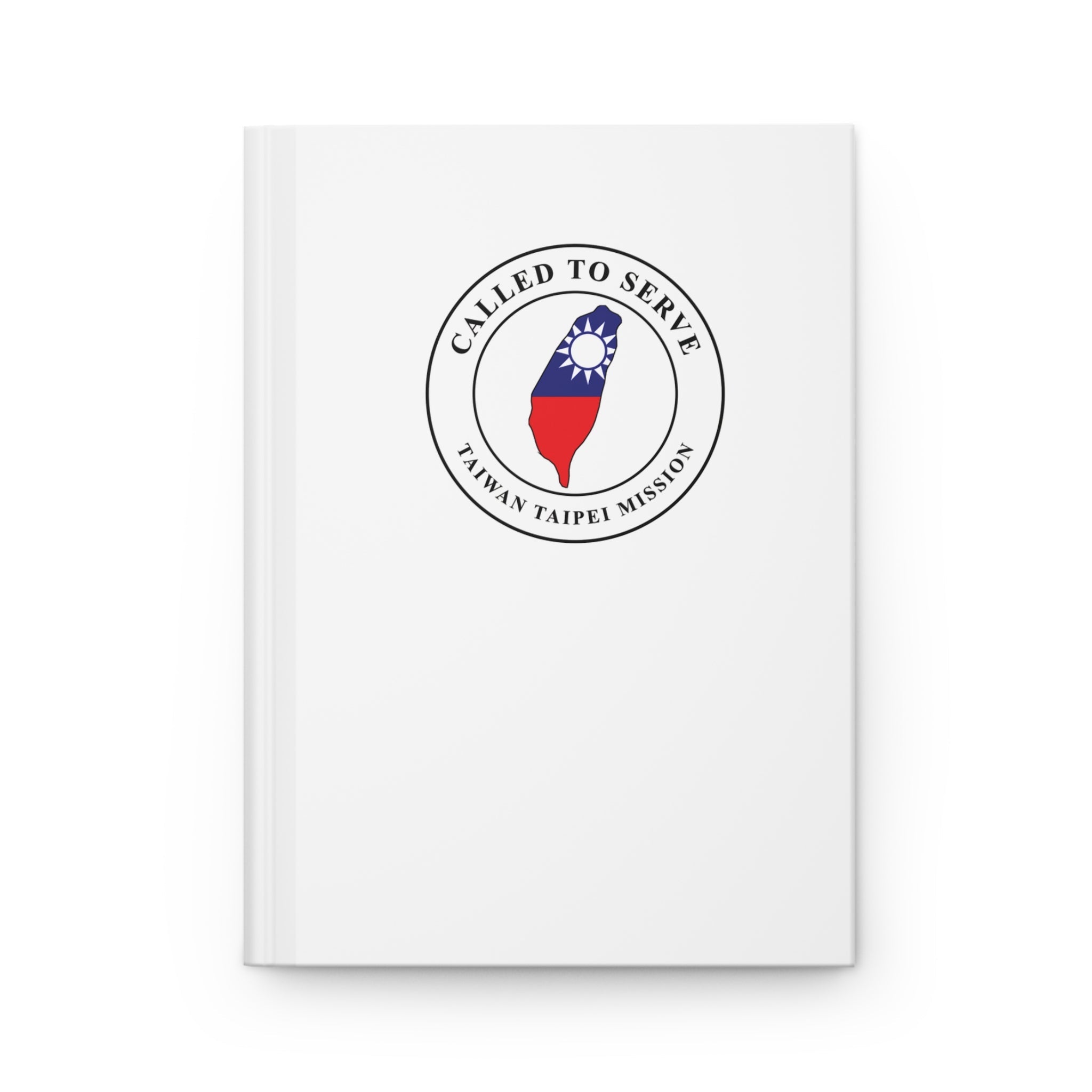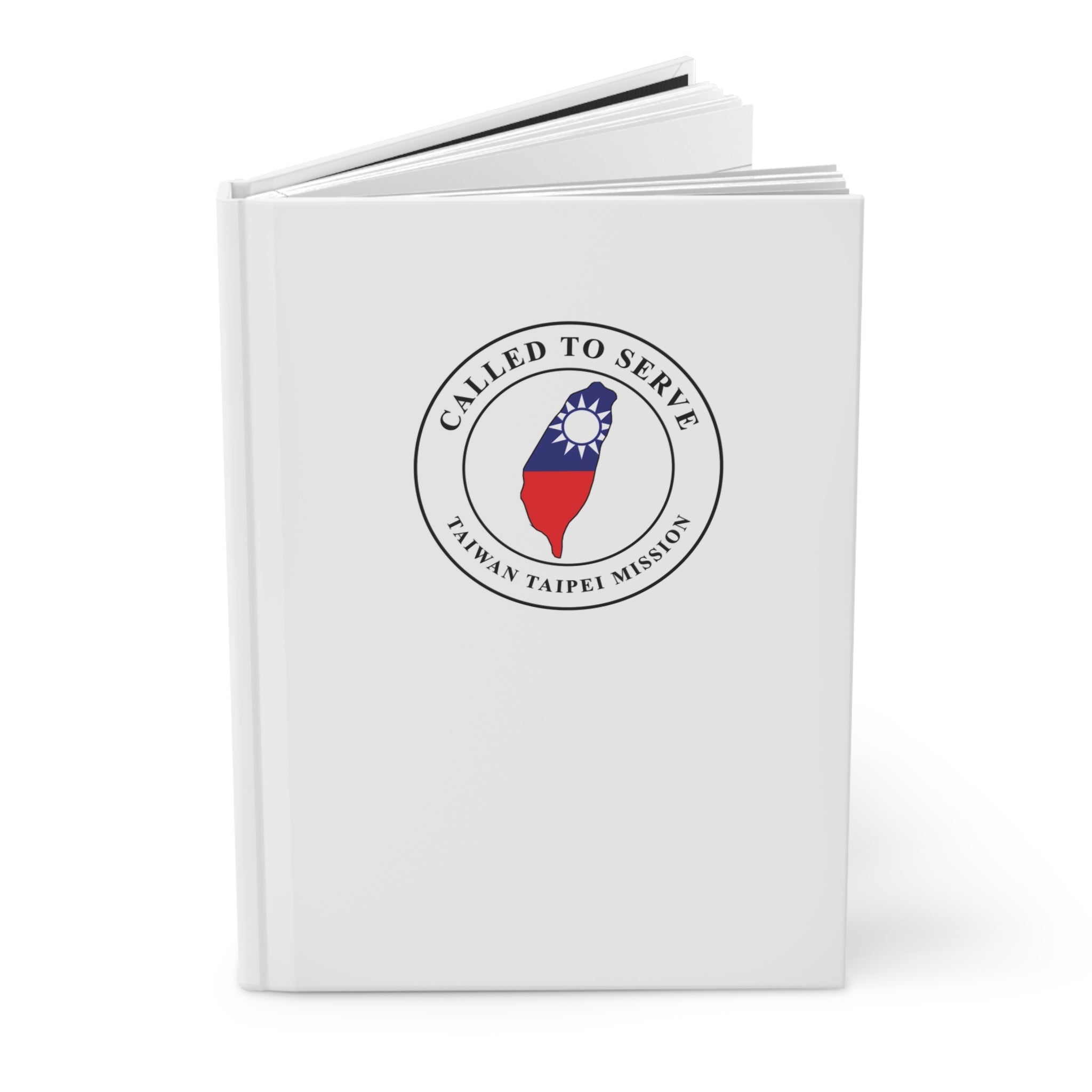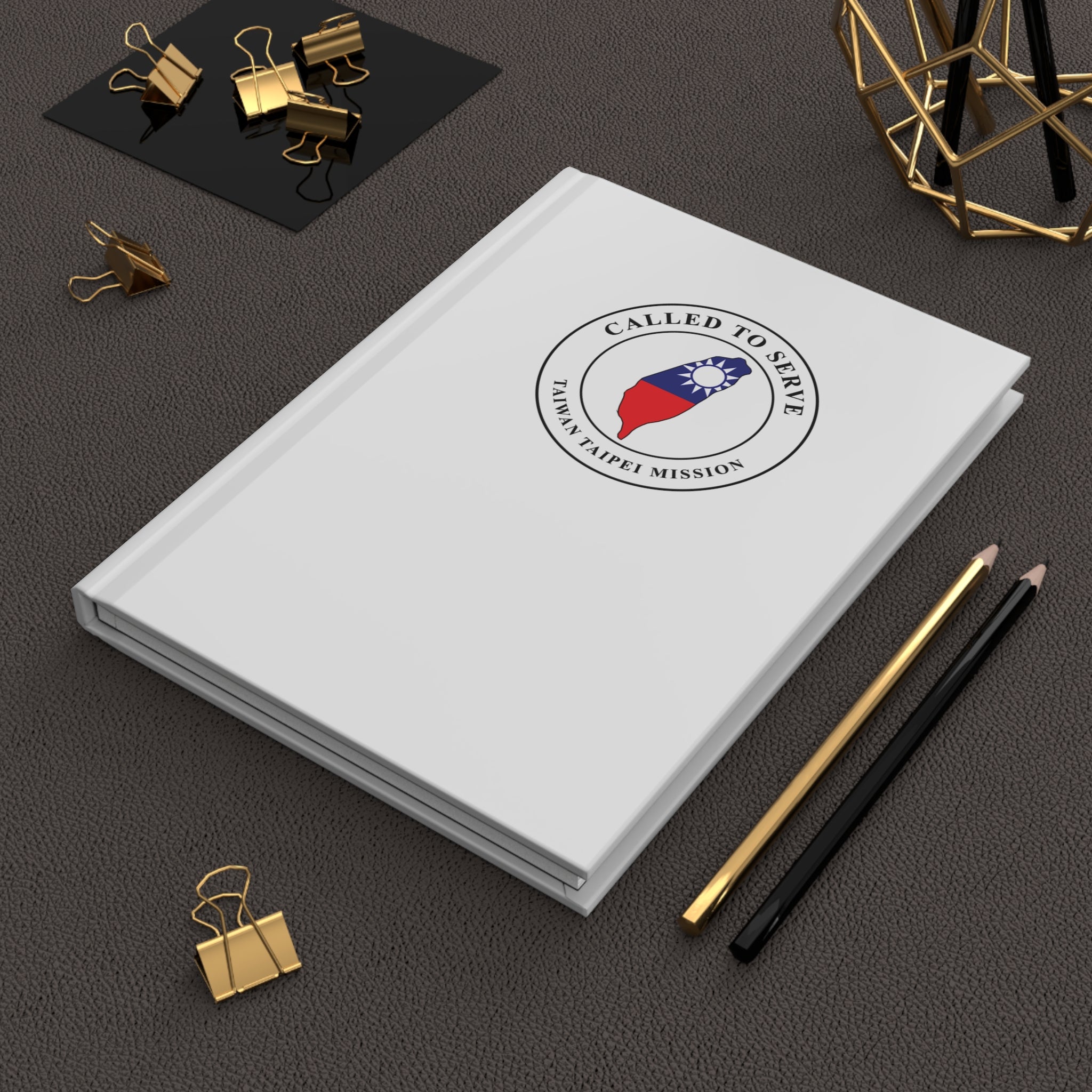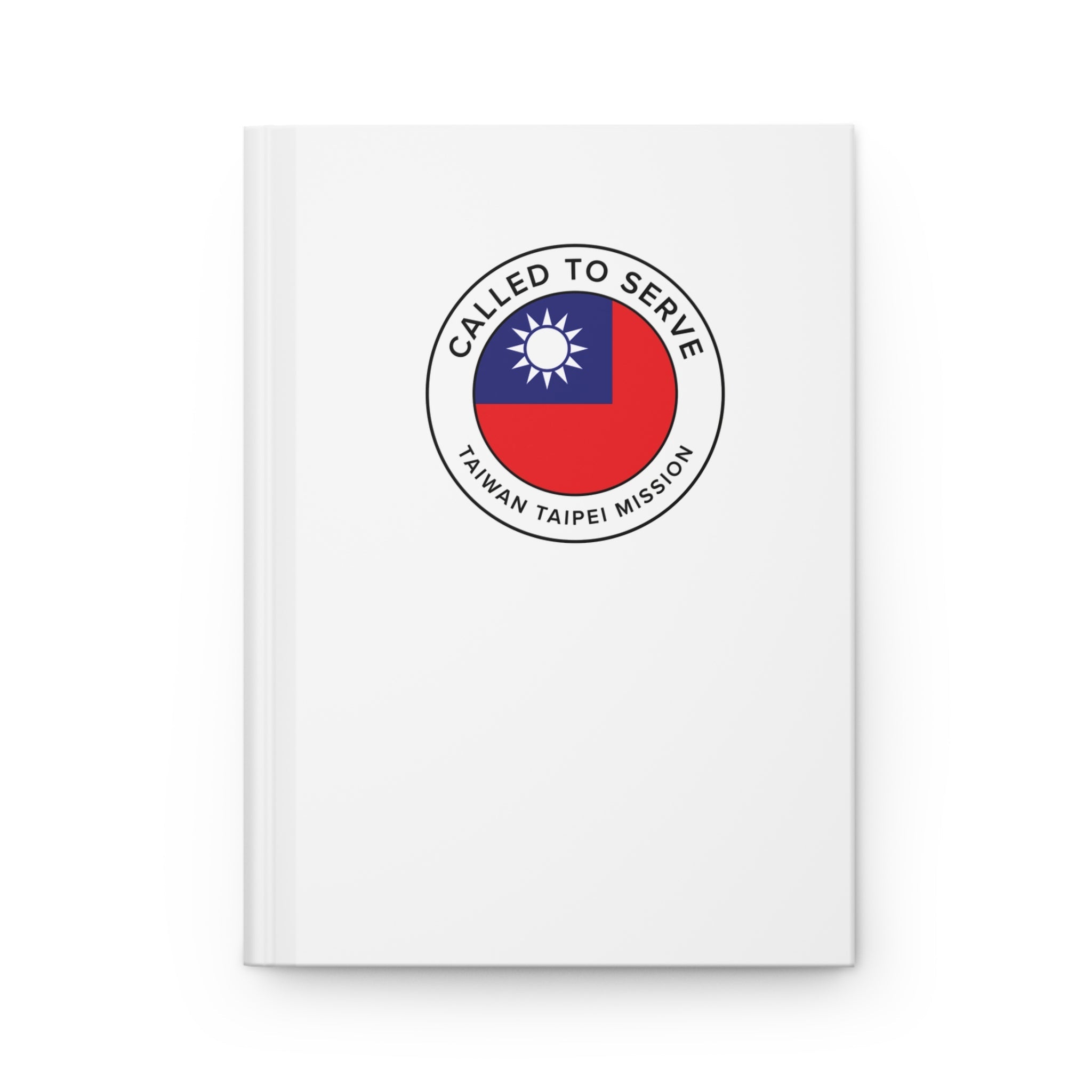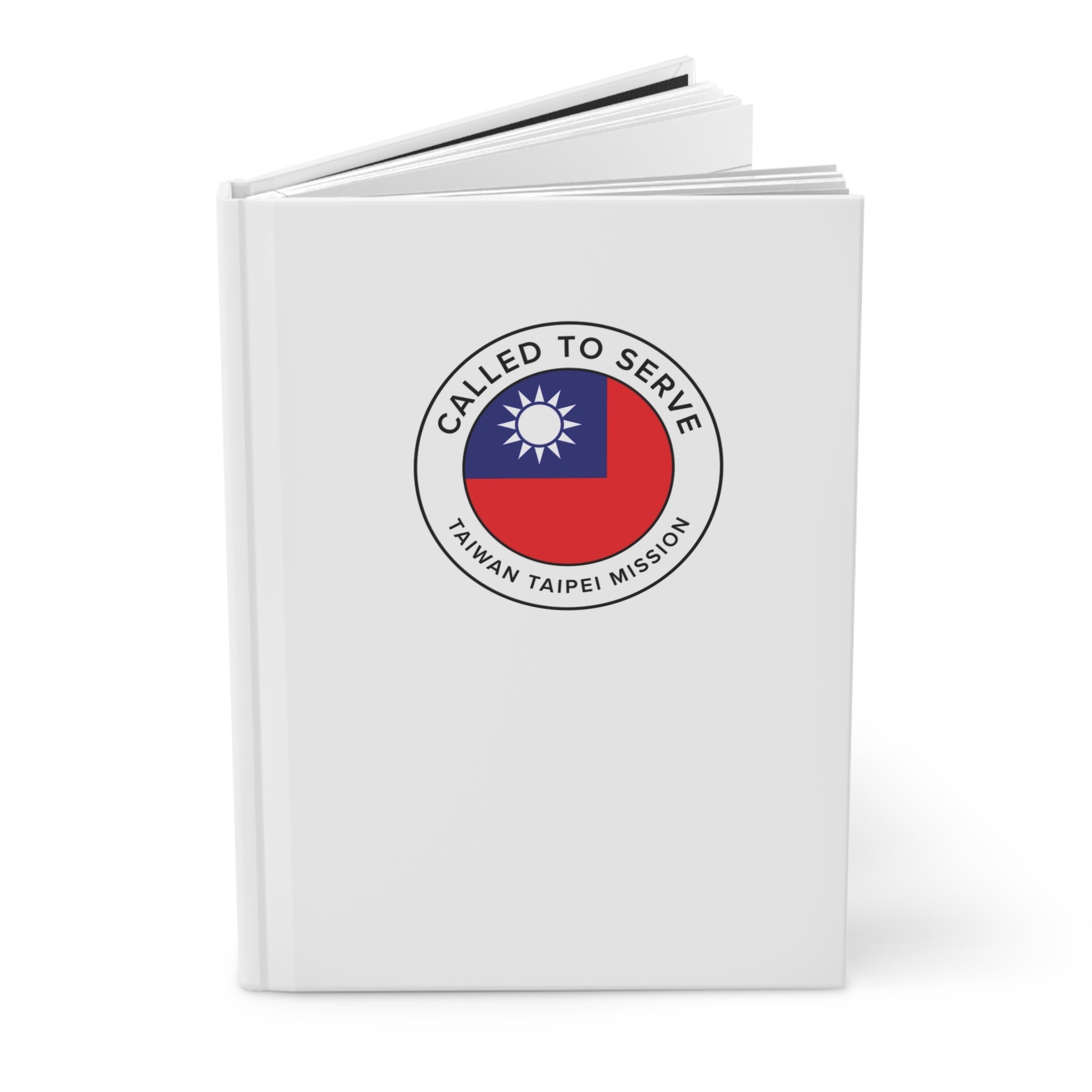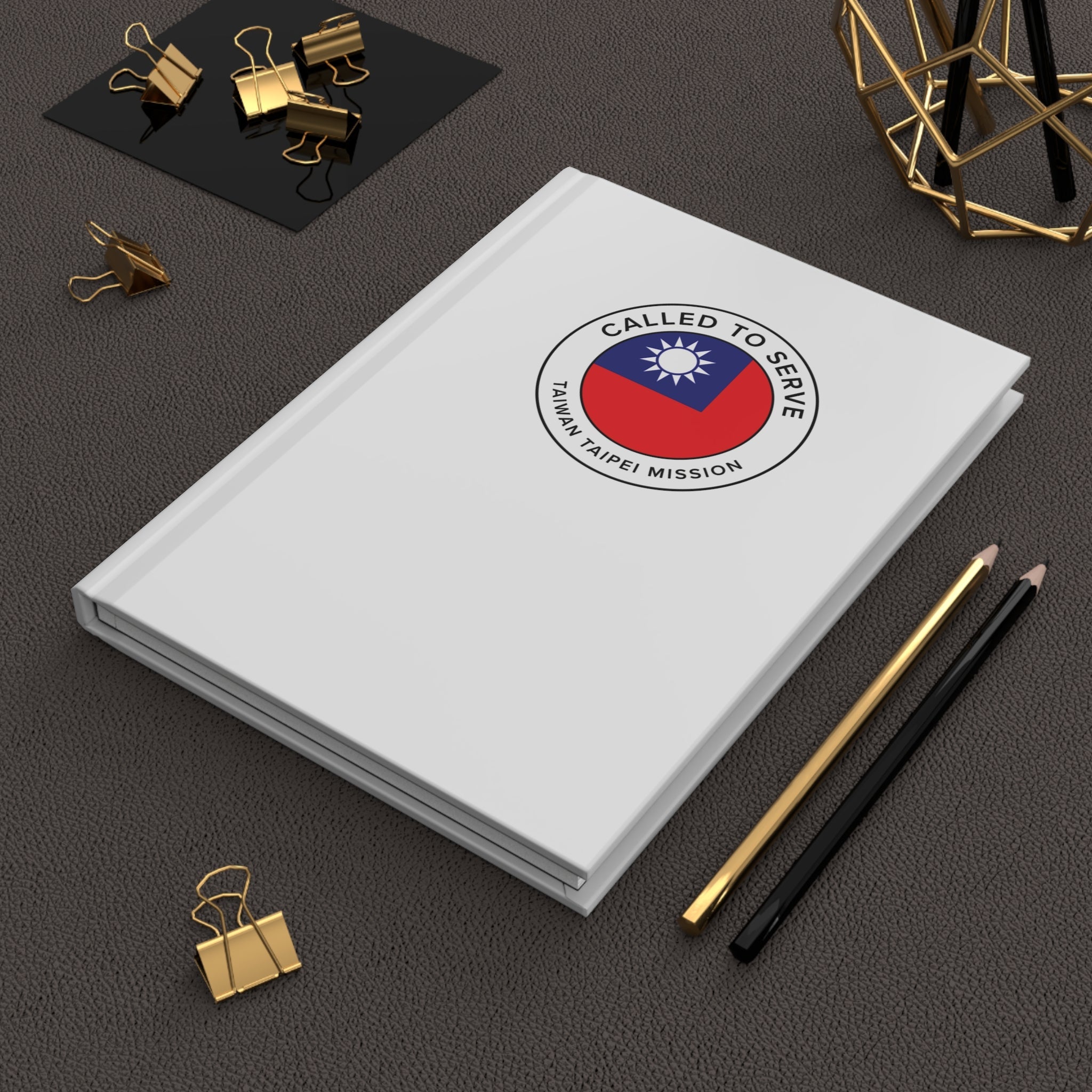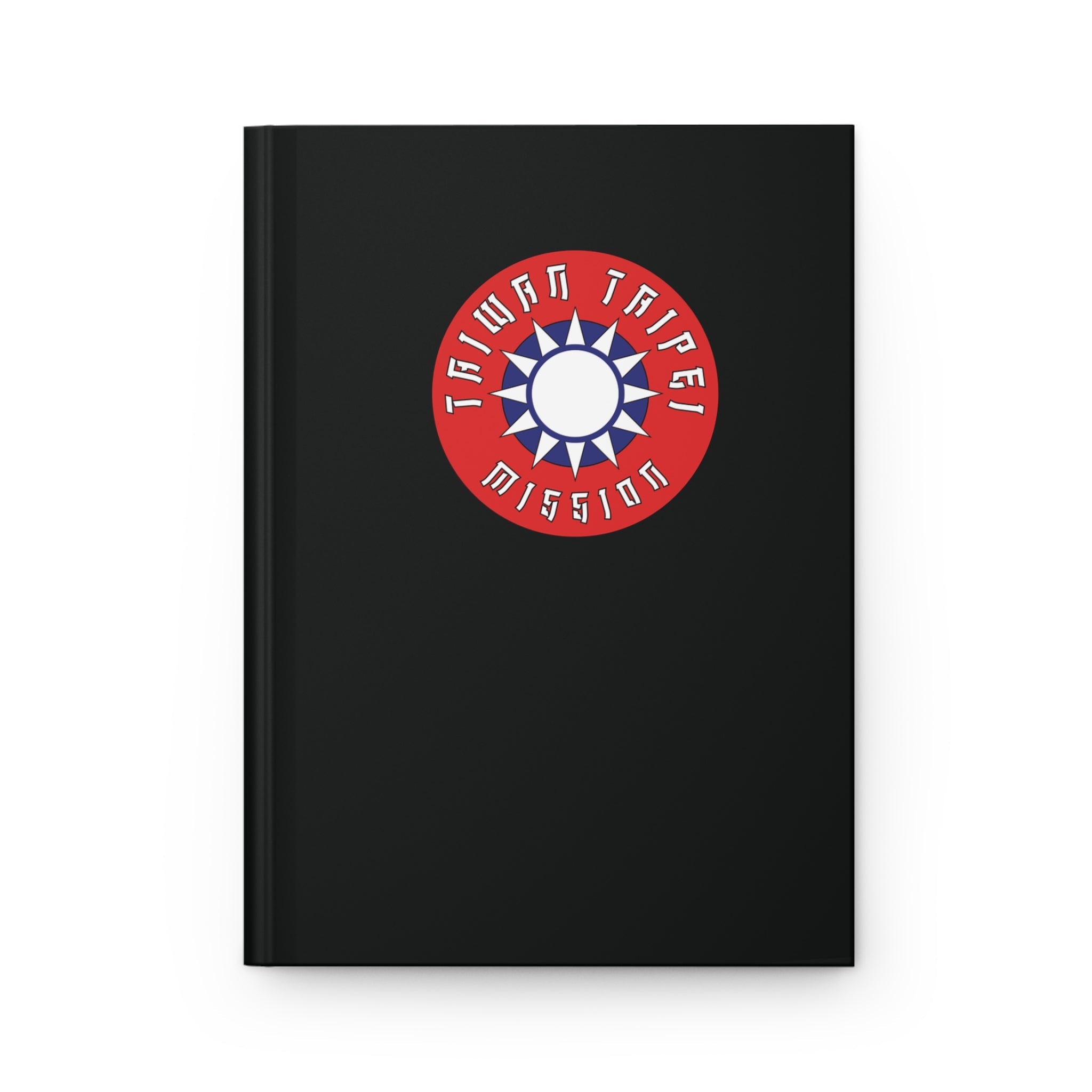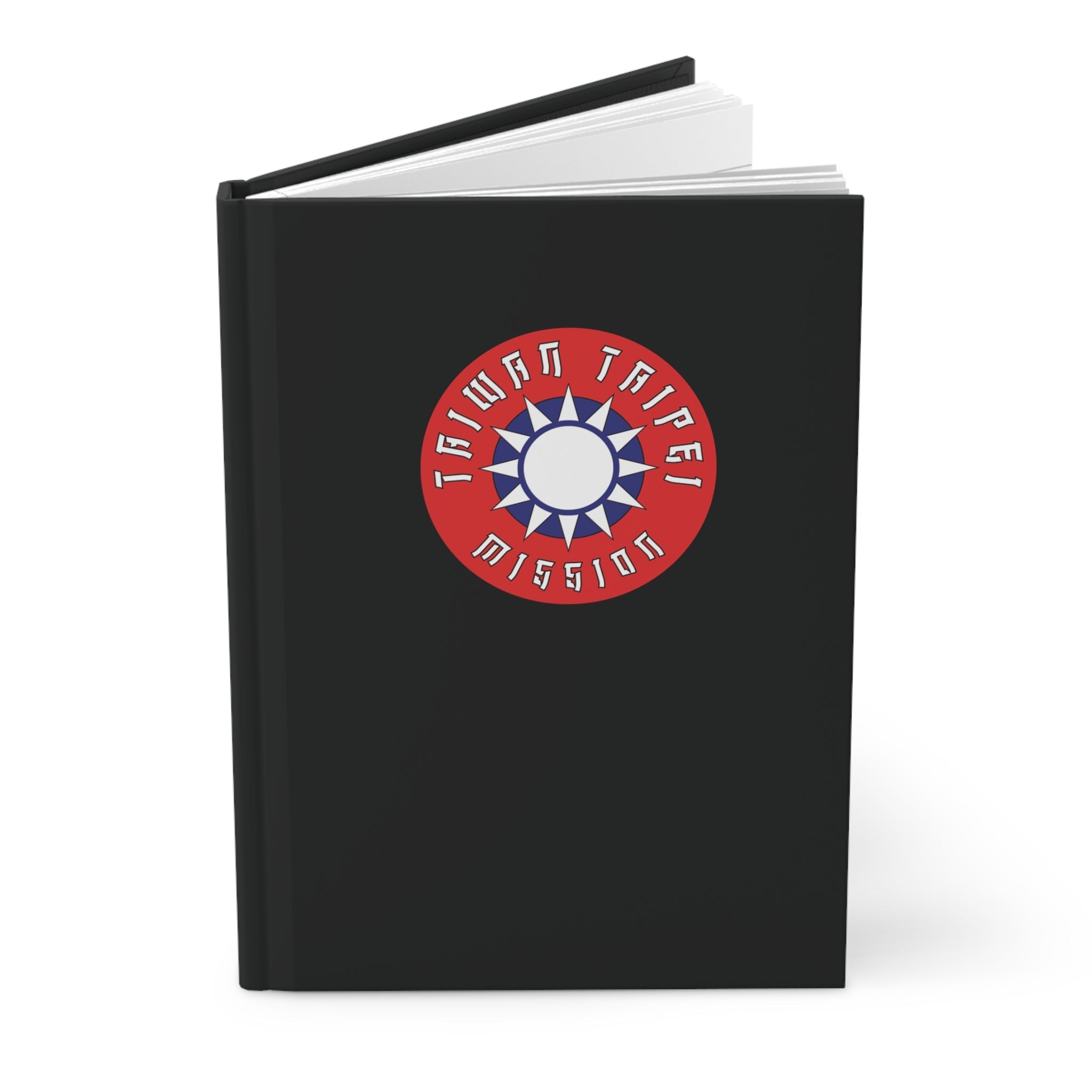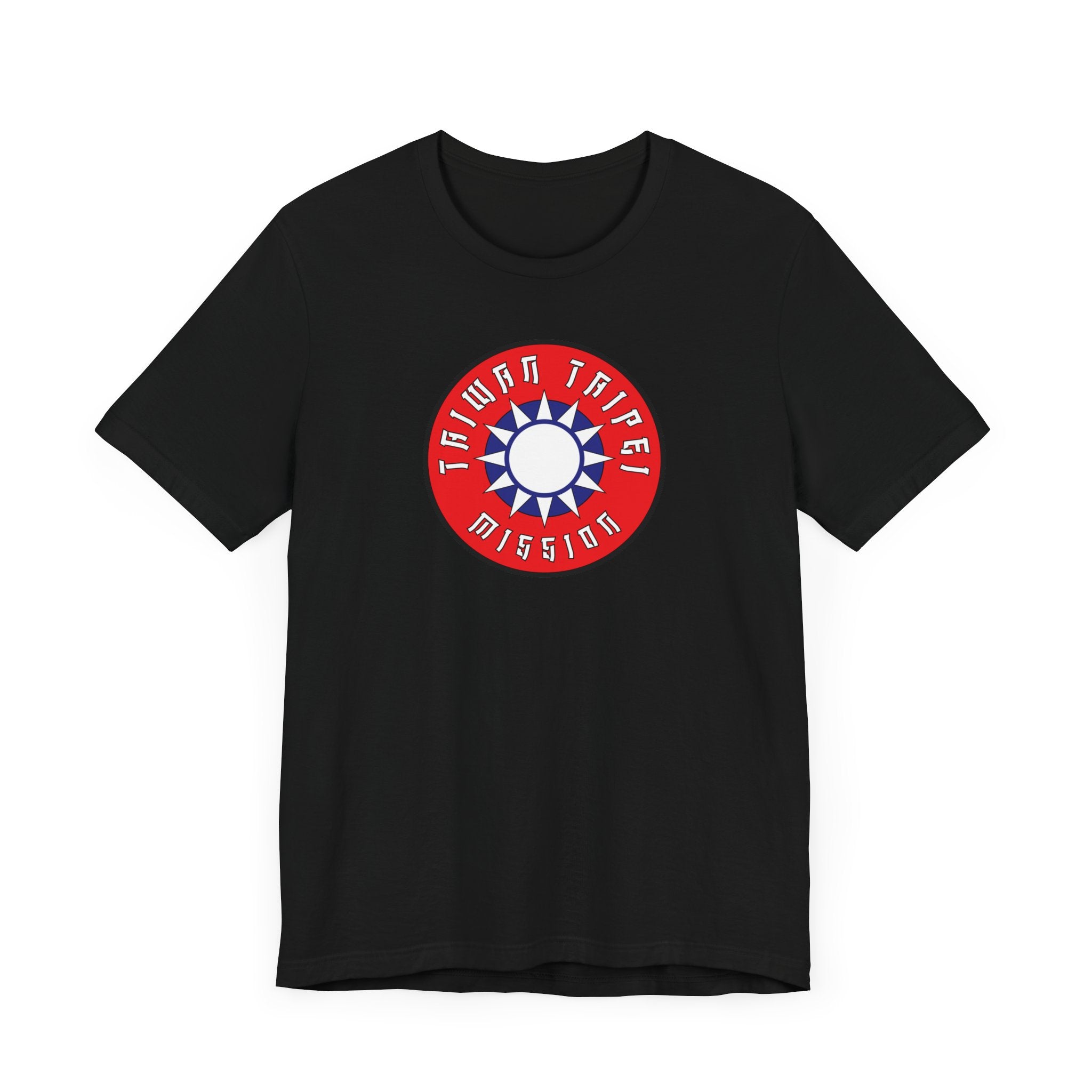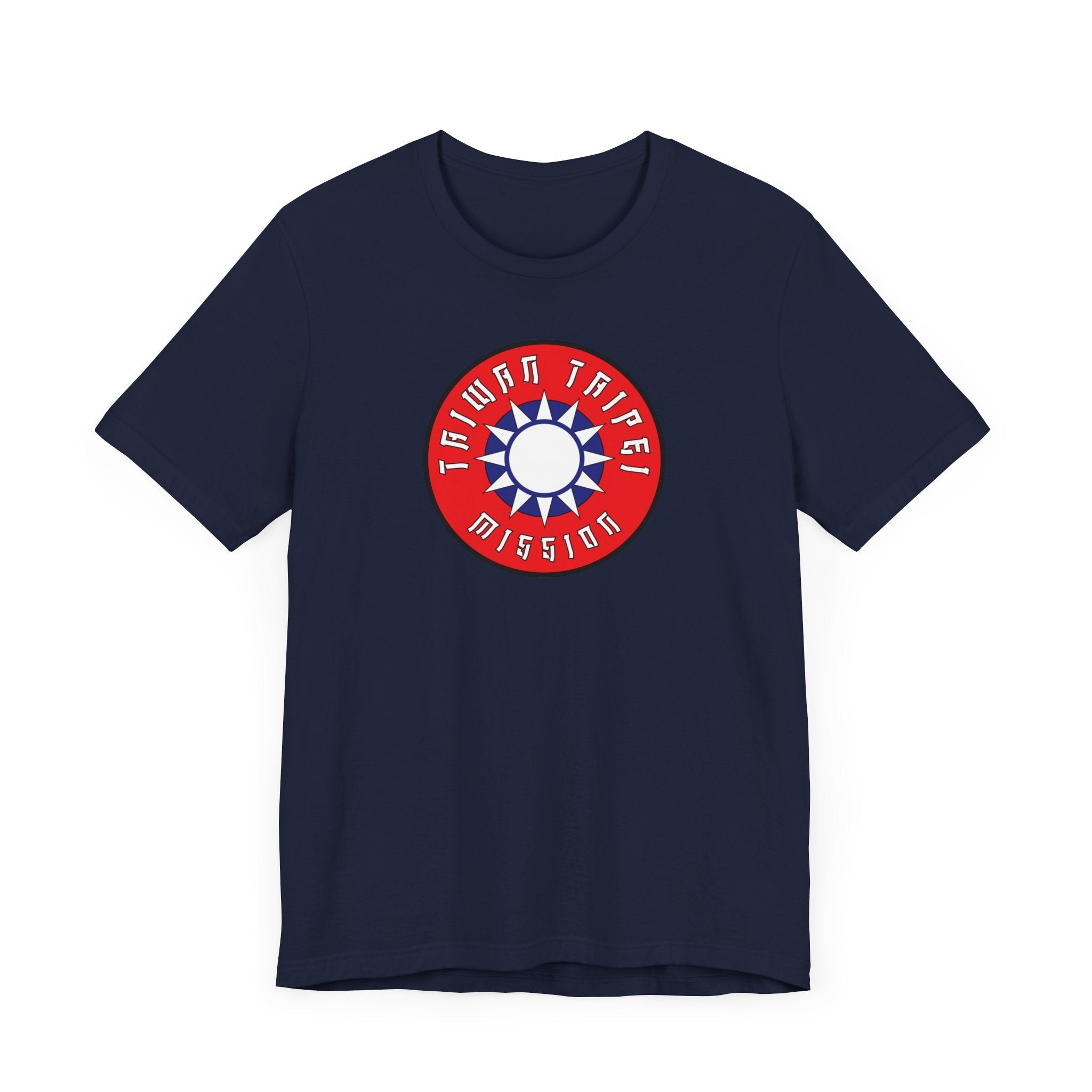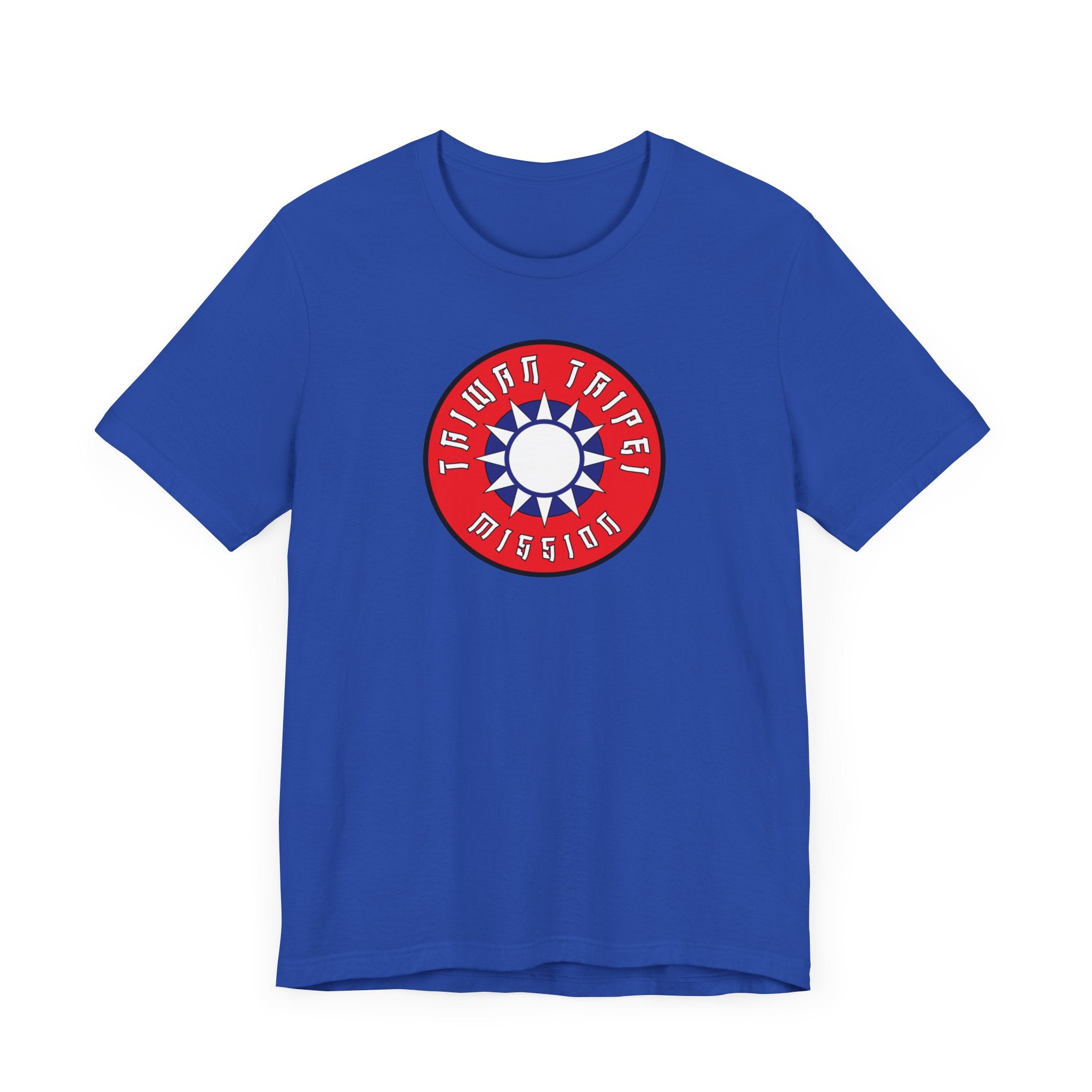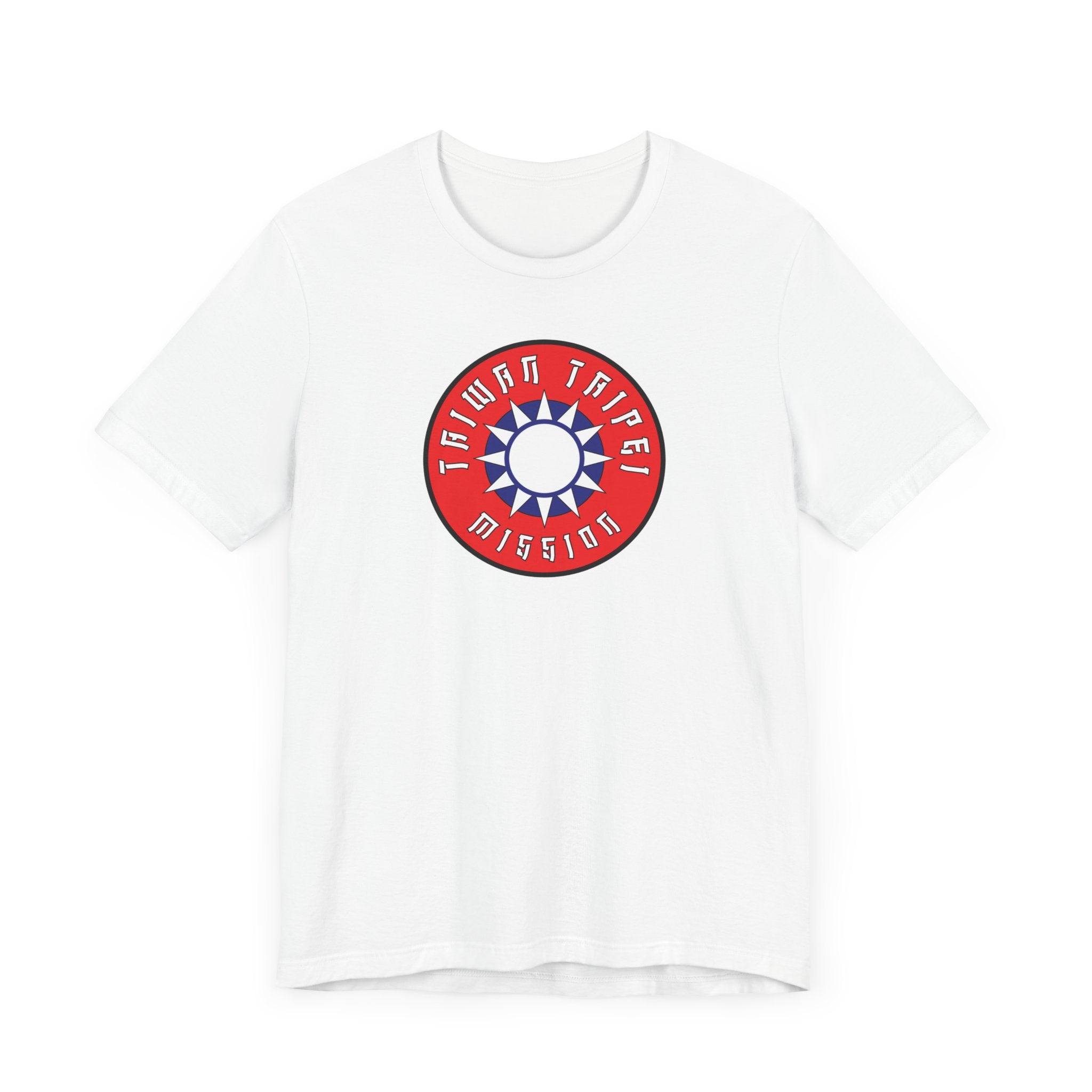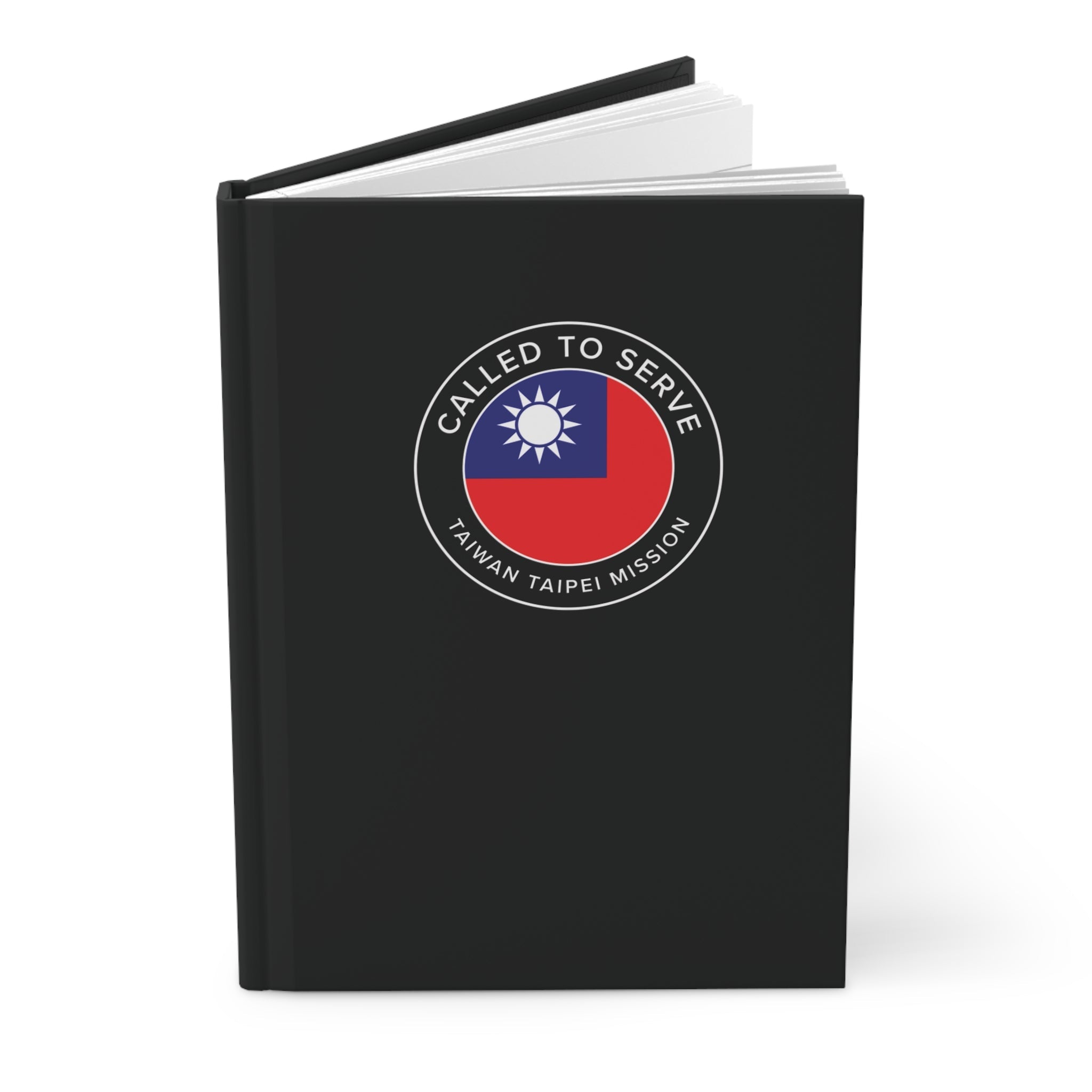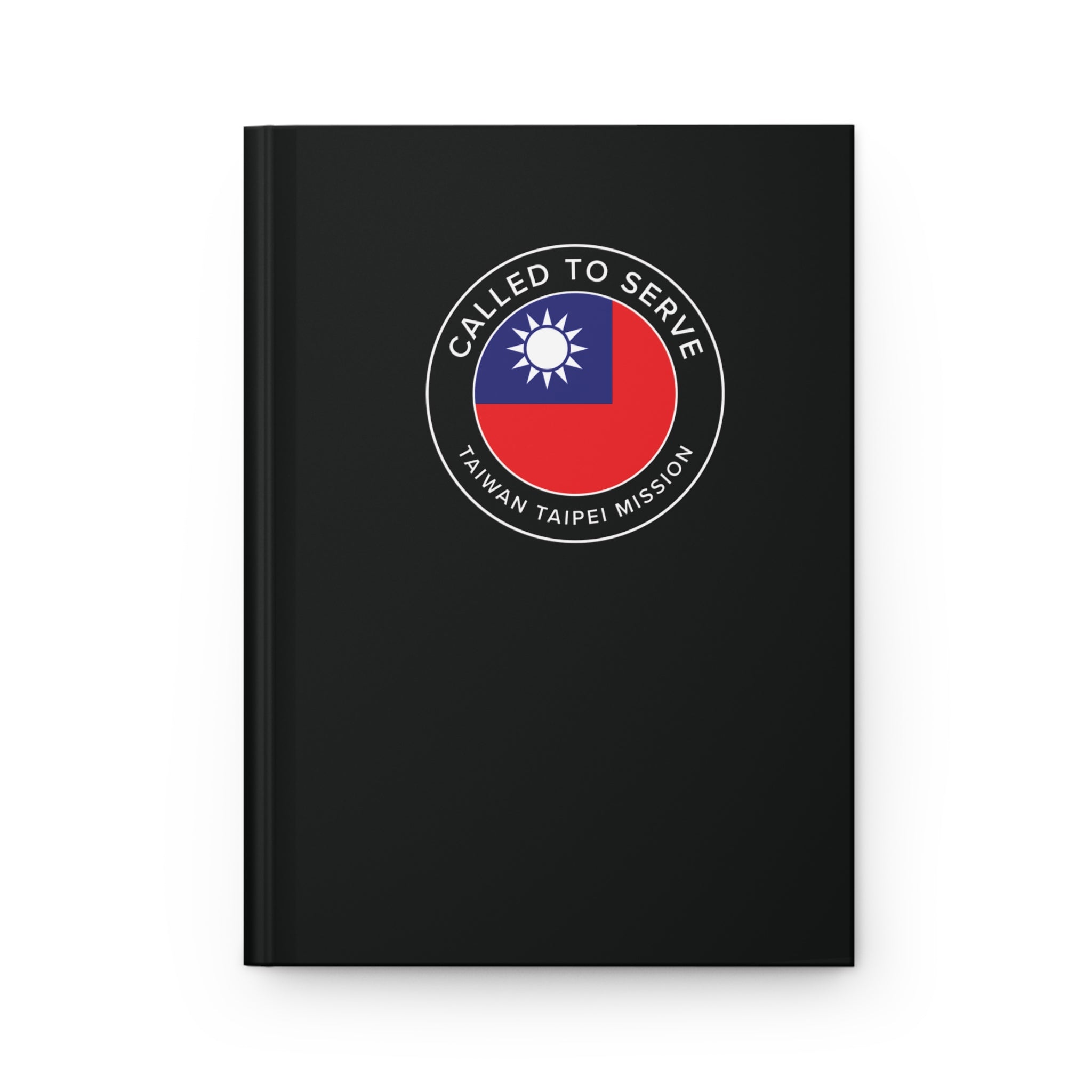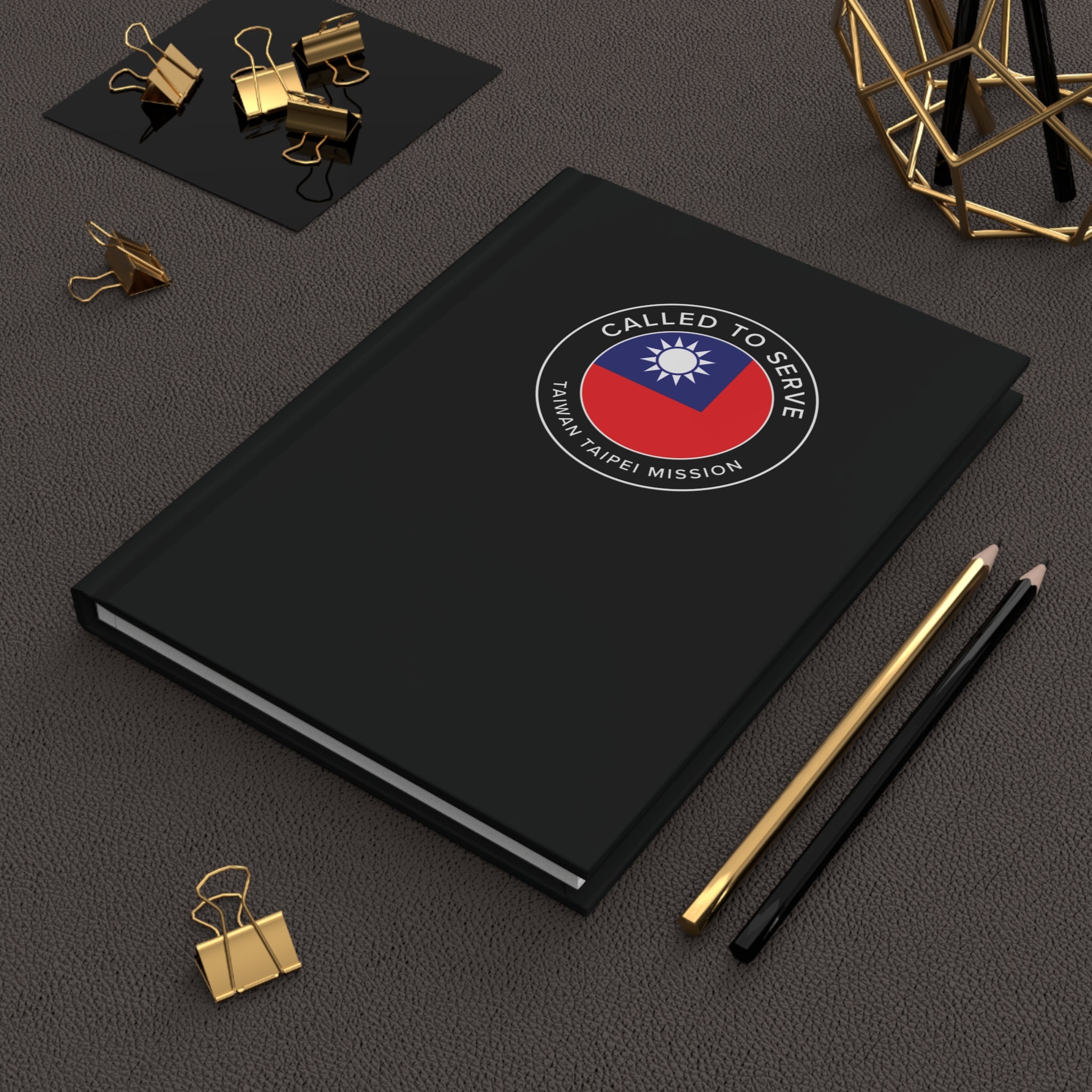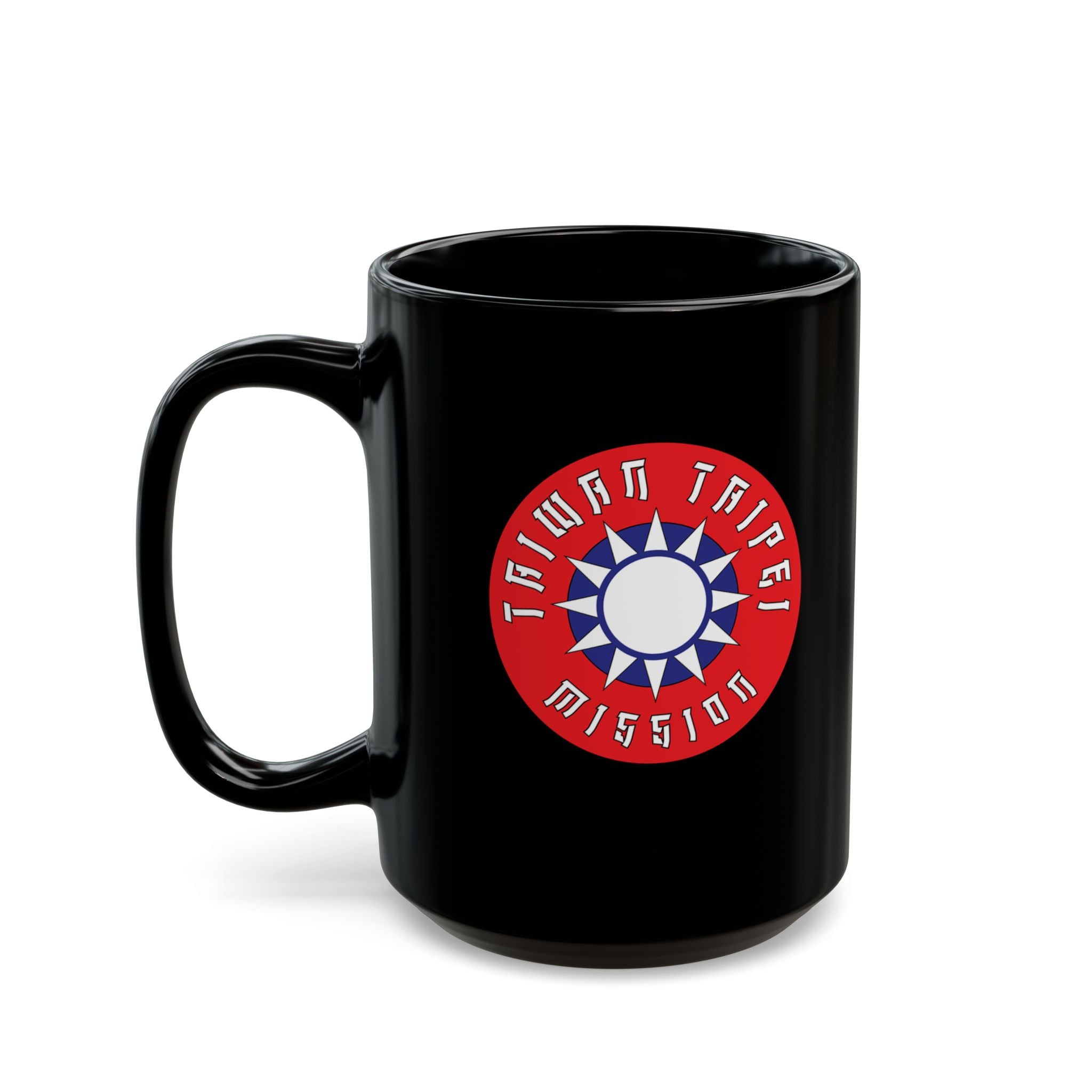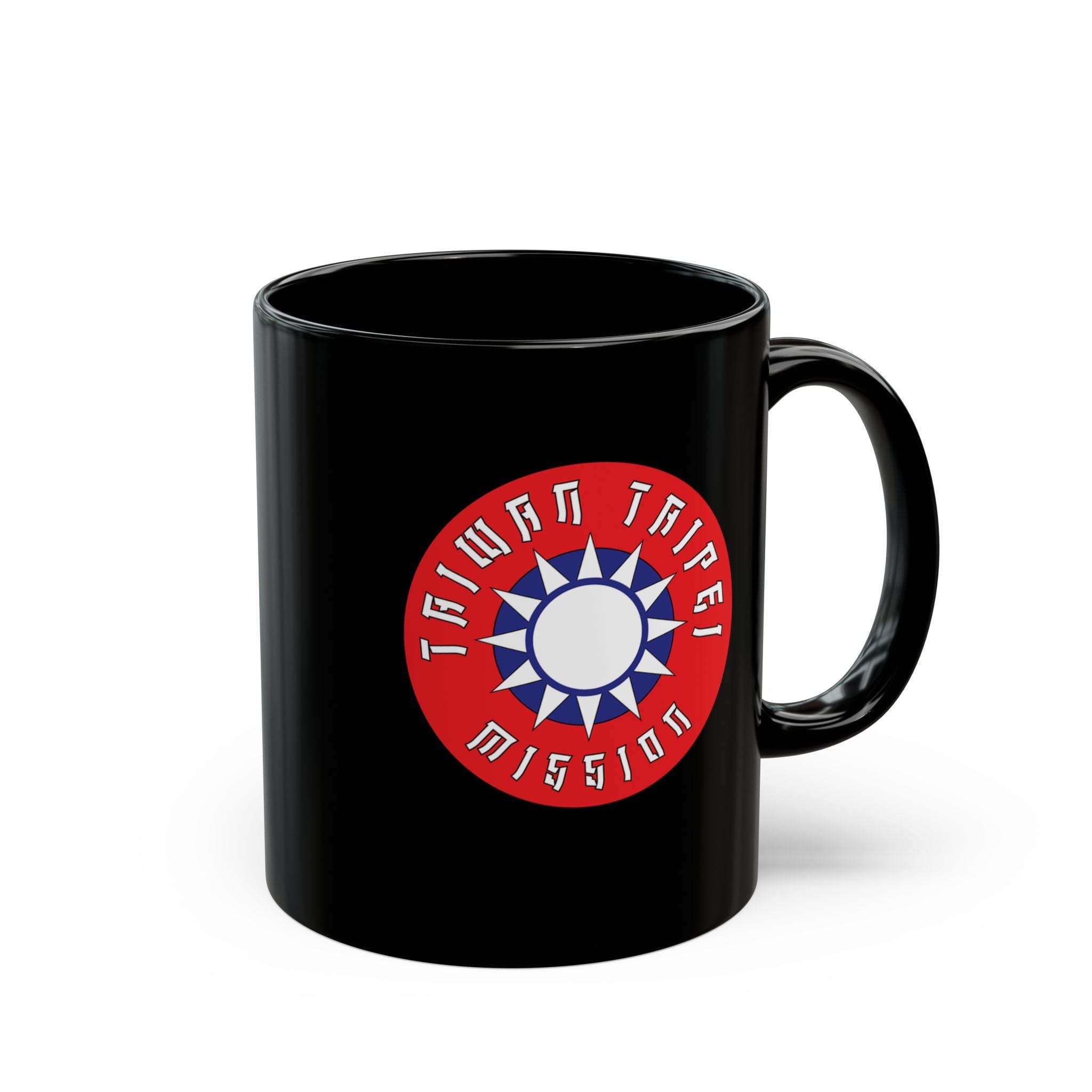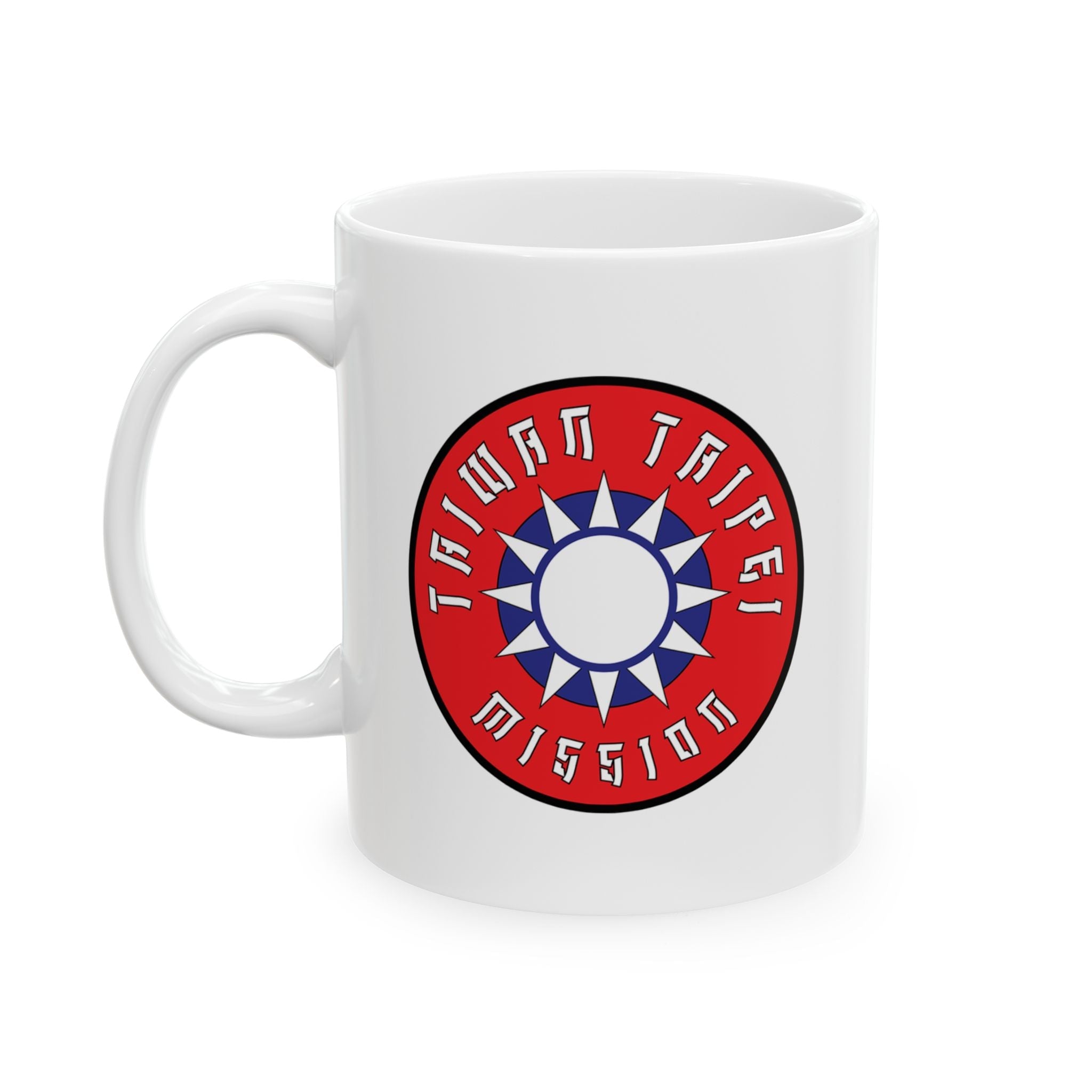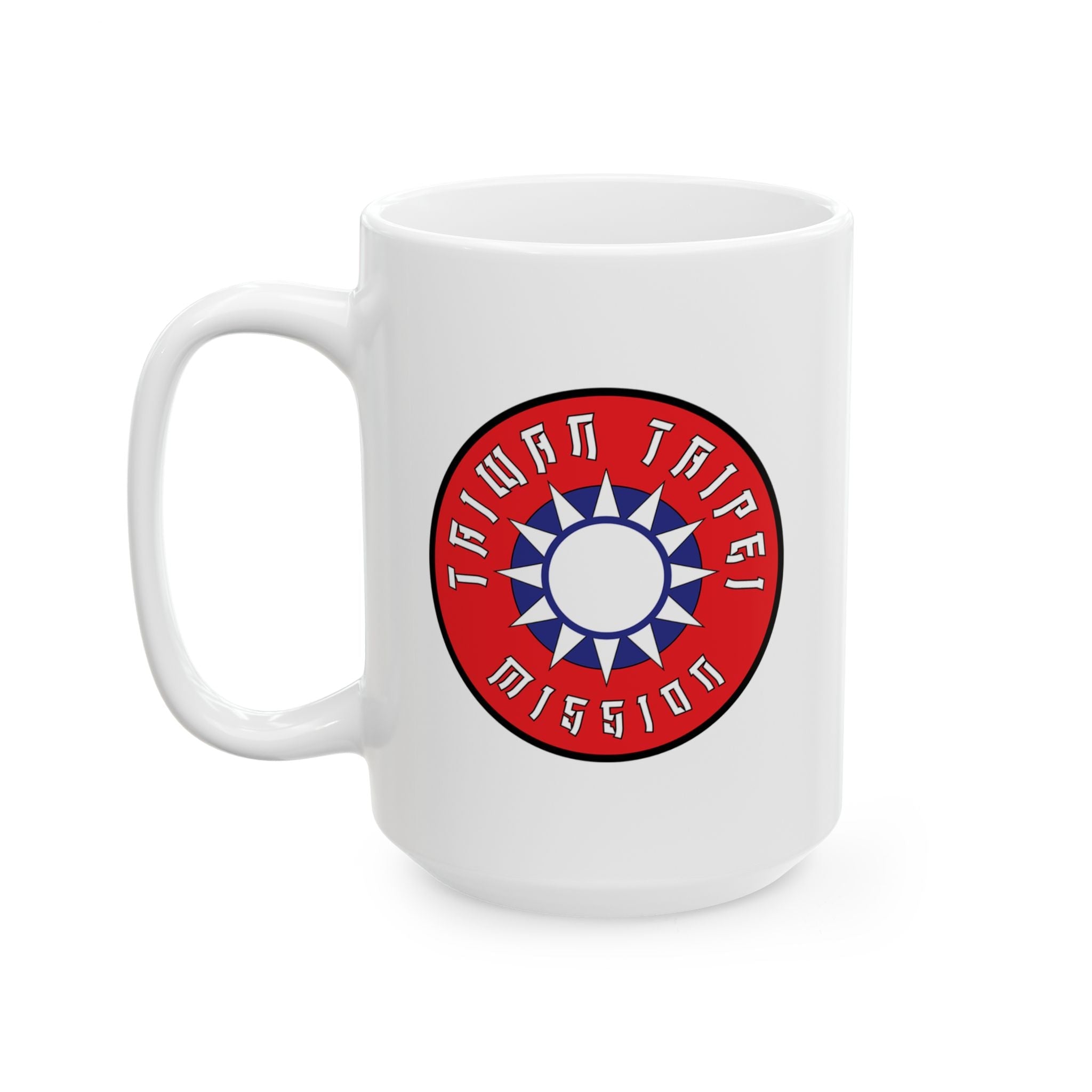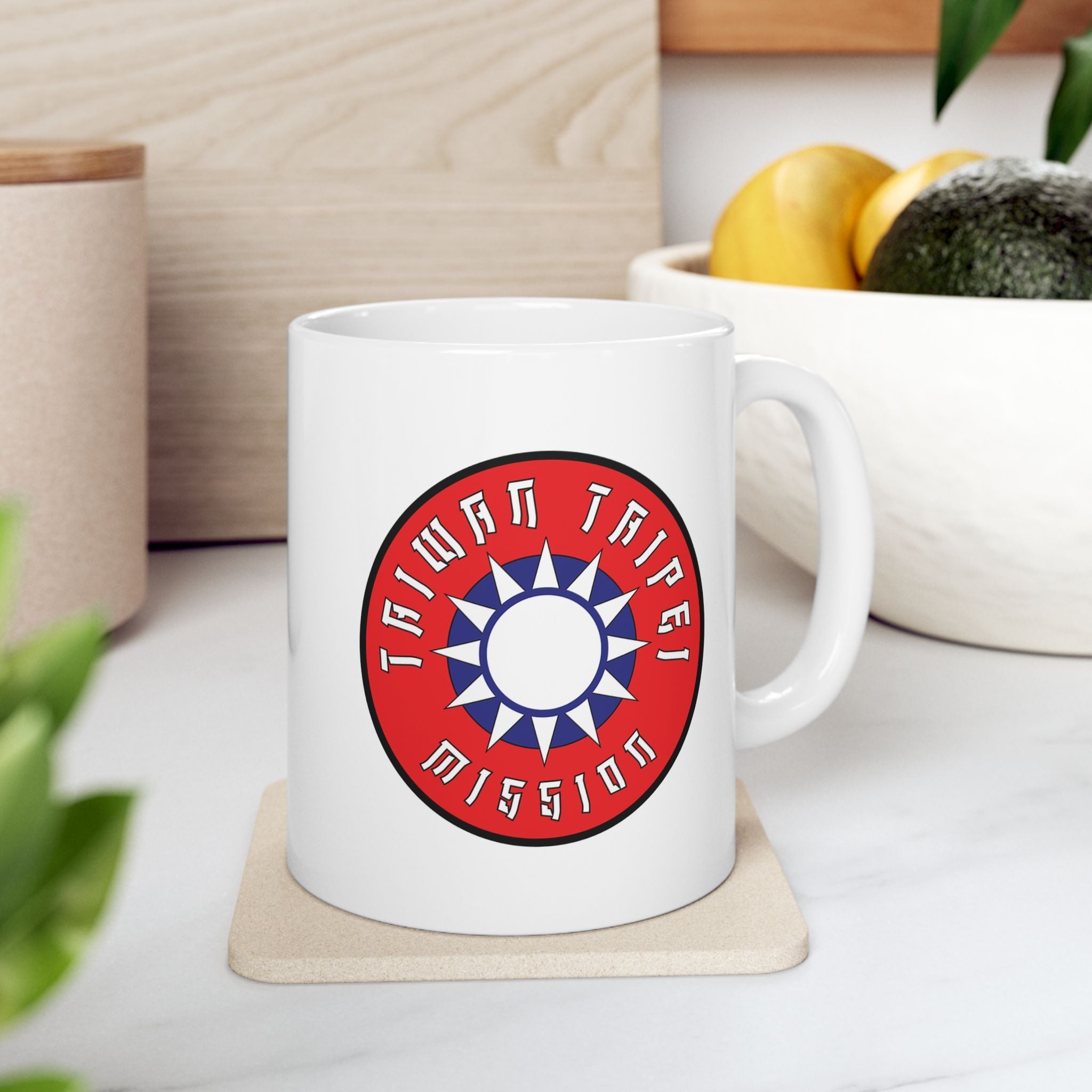Home to indigenous peoples for thousands of years, now with a majority Han Chinese population, the island of Taiwan has a complex cultural, political, religious, and linguistic heritage. Missionaries of the Southern Far East Mission studied Mandarin Chinese for several months before arriving in Taiwan in 1956. By 1959 the missionary force included ethnic Chinese members such as Koot Siu-yuen (Nora) 葛肇媛 from Hong Kong and Chiu Siou-ping (Donna) 邱秀平, a local convert.
Taiwan was the center for translation efforts for the Book of Mormon in Chinese, published in 1965. In 1974 translators in Taiwan worked as part of an international team to publish the Chinese Doctrine and Covenants and, two years later in 1976, the Pearl of Great Price.
Amid trials and challenges in Taiwan’s bustling economy and competitive educational system, individual Latter-day Saints have consecrated their talents and experience to God’s work. Members labored with their own hands to build the first chapel in Taipei, completed in 1966, and contributed funds to construct the Taipei Taiwan Temple, completed in 1984. “May it be sacred to all who enter its portals,” prayed Church President Gordon B. Hinckley at the temple dedication, “and may they rejoice in the eternal ordinances to be performed herein.” Indeed, in decades since, the temple has been a powerful focus of Latter-day Saint life in Taiwan. Members have also coordinated with civic and cultural institutions to host genealogy and family history exhibitions, sharing the spirit of temple ordinances far and wide.
